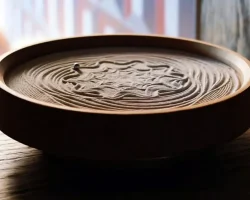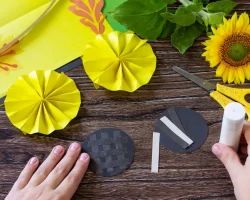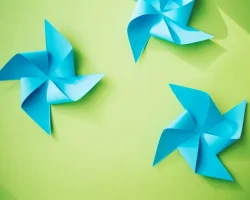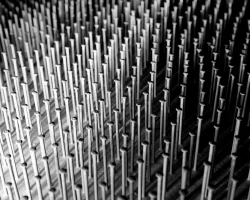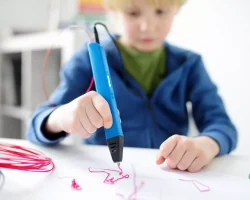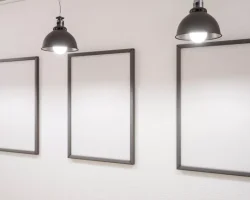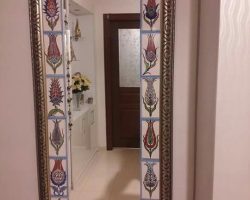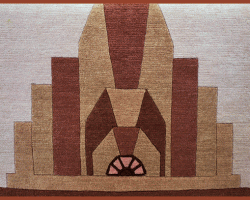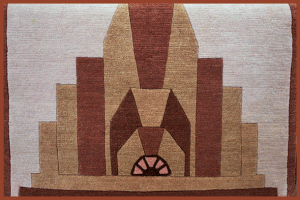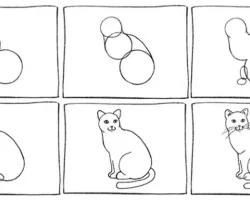
How To Draw A Cat Step By Step Realistic
Cats are one of the most popular subjects for drawing, and with good reason! They’re cute, they’re cuddly, and they’re just plain fun to draw. But if you’ve never drawn a cat before, they can also be pretty tricky. That’s why we’ve put together this step-by-step guide on how to draw a cat.
With just a few simple shapes and some careful shading, you’ll be drawing cats like a pro in no time! So grab a pencil and a piece of paper, and let’s get started.
Step 1: Draw a Circle for the Head
To start off your cat drawing, use a pencil to lightly draw a circle. This will be the basic shape for the cat’s head.
Step 2: Draw Two Triangles for the Ears
Next, add two small triangles on top of the circle for the cat’s ears. Make sure they’re symmetrical, and that the point of each triangle lines up with the edge of the circle.
Step 3: Draw a Rectangle for the Body
Now draw a rectangle under the circle. This will be the cat’s body.
Step 4: Draw Four Legs
On each side of the rectangle, draw two small rectangles for the cat’s legs. Again, make sure they’re symmetrical.
Step 5: Draw a Tail
Finally, add a small triangle at the end of the rectangle for the cat’s tail.
Step 6: Erase the Lines You Don’t Need
Now that you have all the basic shapes in place, you can start erasing the lines you don’t need. Start with the circle and the rectangles, and then move on to the triangles.
Step 7: Draw the Eyes
Next, add the eyes. For each eye, draw a small circle within a larger circle. Then add a tiny circle in the middle of each eye for the pupil.
Step 8: Draw the Nose and Mouth
Add a small triangle for the nose, and a curved line for the mouth. Then add some whiskers with a few short, straight lines.
Step 9: Draw the Ears
Give your cat’s ears some detail by drawing a curved line along the edge of each triangle.
Step 10: Draw the Fur
To make your cat look extra fluffy, add some curved lines to indicate the fur. Start with the head and work your way down the body.
Step 11: Add the Final Details
For the final touches, add some small circles for the cat’s toes, and some stripes to the tail. Then erase any remaining pencil lines, and your cat drawing is complete!

